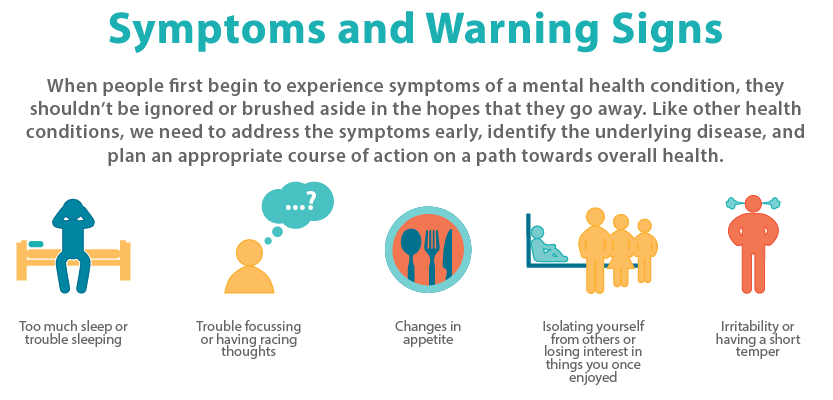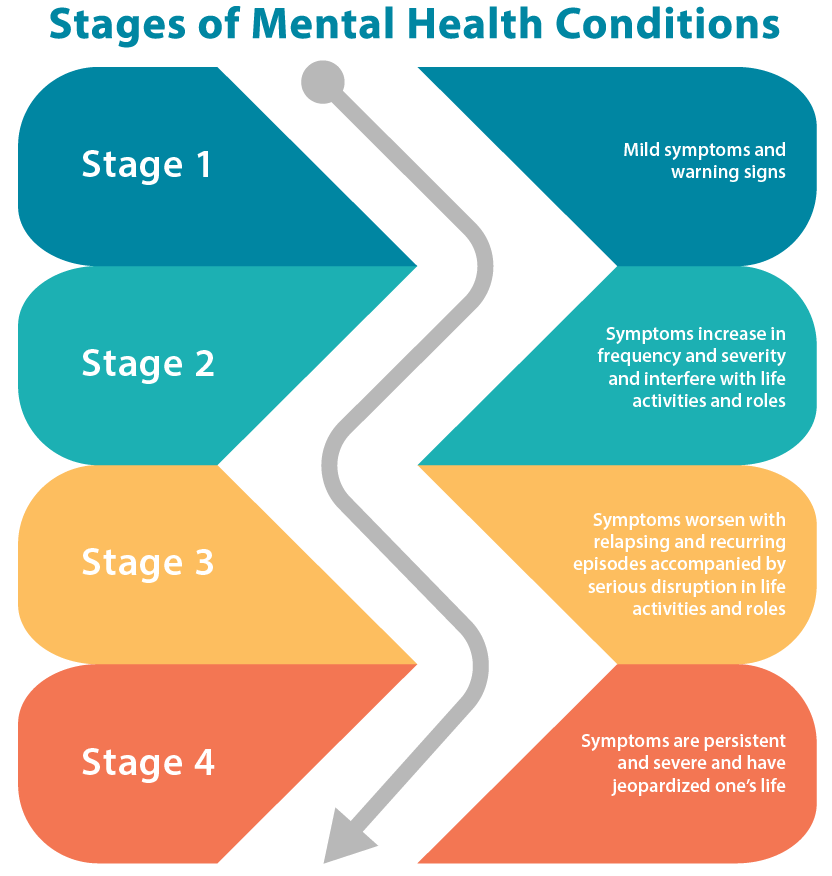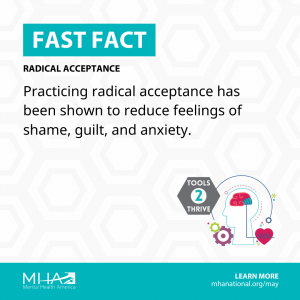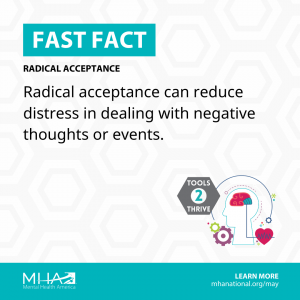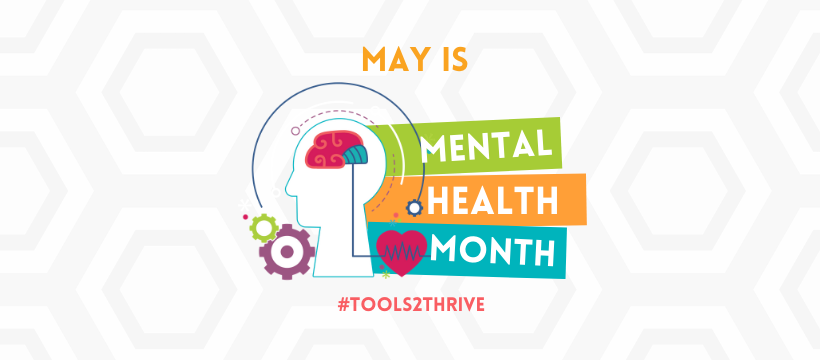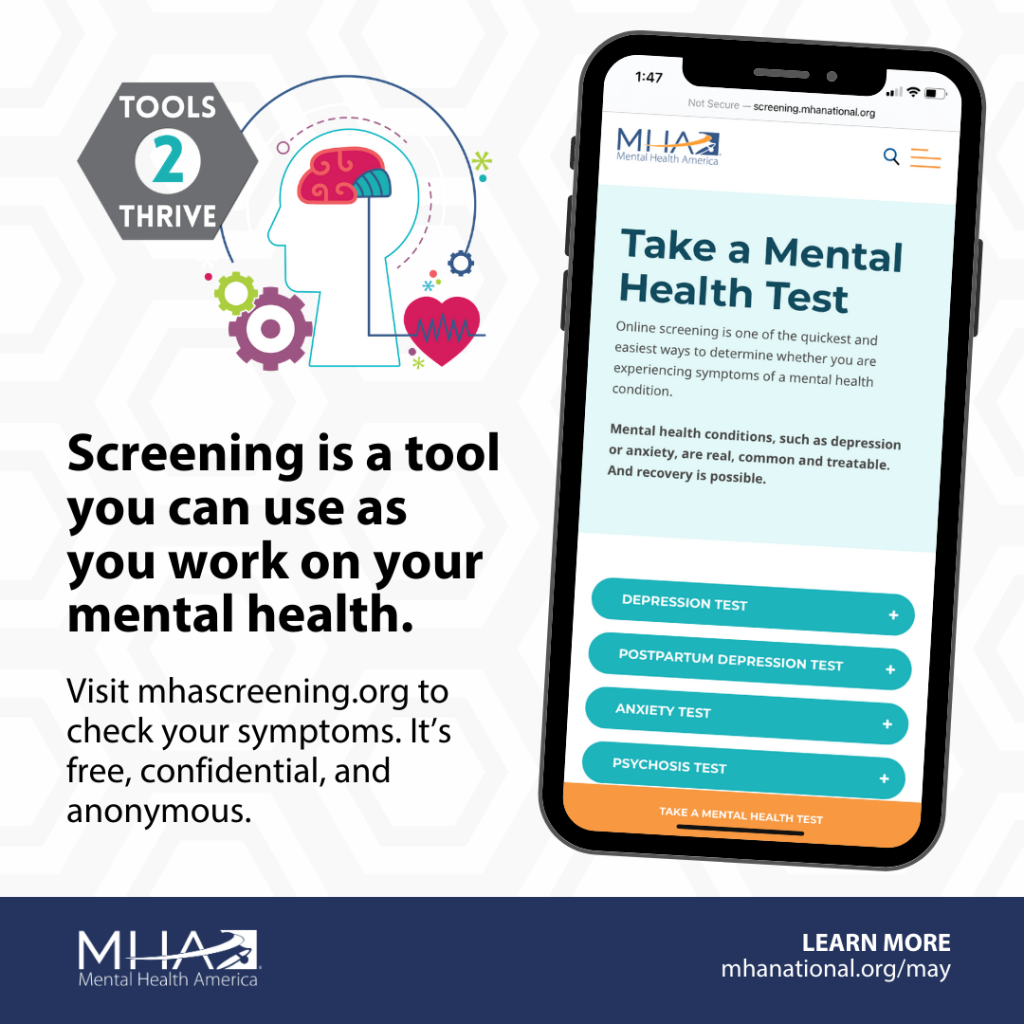I’m looking forward to Christmas this year with something between a sense of dread and a desire to just skip the holiday. I doubt that I am alone either.
Even in families that are healthy, the holiday is creating stress that wasn’t there last year. The separation that happened last year has created an unrealistic expectation that we find the perfect recipe, give the perfect gift, and wear the perfect outfit. For families like mine, we’re dealing with the first holidays where family members long-deemed “essential” are missing; mourning the loss of those who have passed away.
This season should bring about some level of peace, but we really stack the deck against ourselves sometimes. Here are things you should consider doing to bring some peace to your holiday regardless of how perfect or imperfect your family might be.

- There is not going to be a perfect holiday this year or any other year. Give up on the idea of “perfect”. Consider this: you are not going to change the life of your sister-in-law by giving her a great gift wrapped up in beautiful paper with just the right amount of curl in the ribbon. Take the pressure off, and give yourself permission to focus on the people you’ll see instead of the things you’ll do, wear, or give.
- Make due with less, not out of some sort of austerity measure, but to direct your focus on quality time with the people you care about. Spend less money by worrying less about the gift and focusing on the person.
- Shop differently. Buy local and handmade. And when you do purchase gifts online, see if the online retailer you use has information about companies that refuse child labor or use environmentally sustainable practices. Be educated about what your purchase supports.
- Give a gift that makes a difference. Give food to the food pantry, toys to the Jefferson County Foster Children’s Fund, gift cards to A Safe Place. One of my favorites is to give bees and goats in honor of my nieces and nephews through Heifer International. And if you can’t afford a monetary gift, give your time. The pantry frequently needs help sorting items, and organizations often have “honey-do” lists of things that need to be done but don’t have the people to do it.
- Visit with a lonely person. I would provide suggestions for where to find lonely people, but the reality is that you don’t need my suggestions. We all know lonely people.
- The pandemic has taught us things, right? Hasn’t it taught us that life can be so short? Give the gift of forgiveness. Offer some mercy to someone that you thought you couldn’t. You can even forgive someone who is no longer part of your life. Stop dwelling on things and move forward during this season.
Above all, enjoy the small things that are offered this season. One of the greatest joys I have is being able to drink a cup of coffee with my husband without herding children off to school. If we can enjoy just a few quiet minutes at the table before the horde awakens with all their daily demands, it’s a beautiful thing! It doesn’t happen every week, but it is wonderful when it does. Take joy in those small things; taking a walk, waving to a neighbor, reading a book, petting your dog. When you focus on the holiday season as an all-consuming thing to either plan for perfection or dread with sadness, you can lose sight of all of the other gifts that life offers every day. Do your best to focus on these and turn your attention to simple joy as much as possible.
